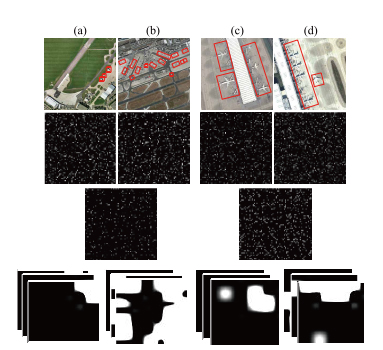Remote sensing image scene classification is a fundamental problem, which aims to label an image with a specific semantic category automatically. Recently, deep learning methods have achieved competitive performance for remote sensing image scene classification, especially the methods based on a convolutional neural network (CNN). However, most of the existing CNN methods only use feature vectors of the last fully connected layer. They give more importance to global information and ignore local information of images. It is common that some images belong to different categories, although they own similar global features. The reason is that the category of an image may be highly related to local features, other than the global feature. To address this problem, Xiaoqiang Lu’s research team proposed a method based on rearranged local features in this paper. First, outputs of the last convolutional layer and the last fully connected layer are employed to depict the local and global information, respectively. After that, the remote sensing images are clustered to several collections using their global features. For each collection, local features of an image are rearranged according to their similarities with local features of the cluster center. In addition, a fusion strategy is proposed to combine global and local features for enhancing the image representation. The proposed method surpasses the state of the arts on four public and challenging data sets: UC-Merced, WHU-RS19, Sydney, and AID.

(Original research article "IEEE Transactions on Geoscience and Remote Sensing Vol. 57, Issue 3, pp. 1779-1792 (2019) https://ieeexplore.ieee.org/document/8485313")
Download: